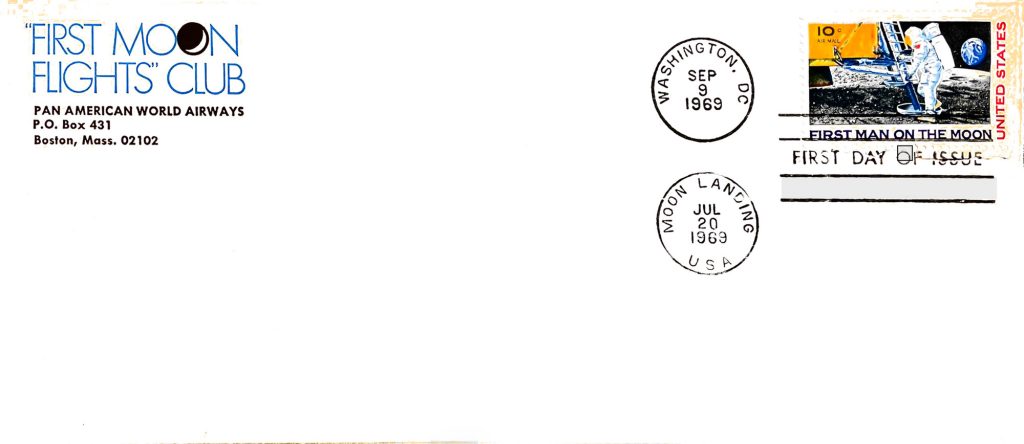From Numbers to Names is a website created by Daniel Patt, a software engineer at Google, that uses artificial intelligence to help identify Holocaust victims and survivors in historical photographs. The platform searches through roughly 500,000 images from institutions such as Yad Vashem — The World Holocaust Remembrance Center and the United States Holocaust Memorial Museum.
Visitors can upload a photograph of a Holocaust victim or survivor, and the site’s facial recognition technology will compare it to its vast archives, returning the ten most likely matches.
Patt’s motivation is deeply personal: all four of his grandparents were Holocaust survivors from Poland. His initial goal was to help his grandmother recover photographs of her family members who were murdered during the Holocaust. When the war began, she was nine years old and fled her hometown of Zamość with her father and siblings. Her mother — Patt’s great-grandmother — remained behind and was shot and killed during the Nazi invasion. Later, her brother was killed when he attempted to return to rescue her. The rest of the family survived and eventually emigrated to New York City after the war.
Sources: The Times of Israel (2024) | The Times of Israel (2022) | The Washington Post | National Public Radio | ABC The View | Photo Detective Podcast Episode 205
